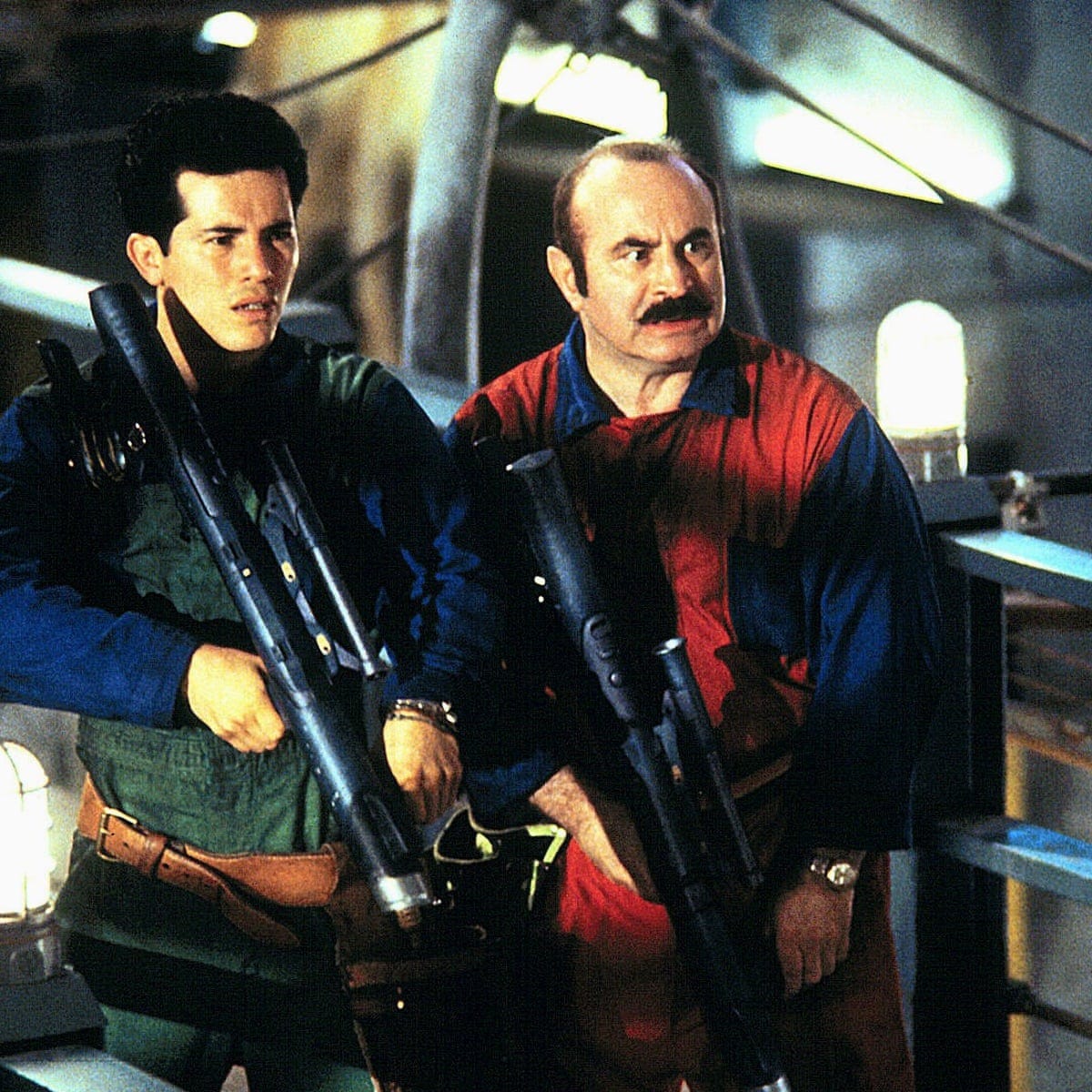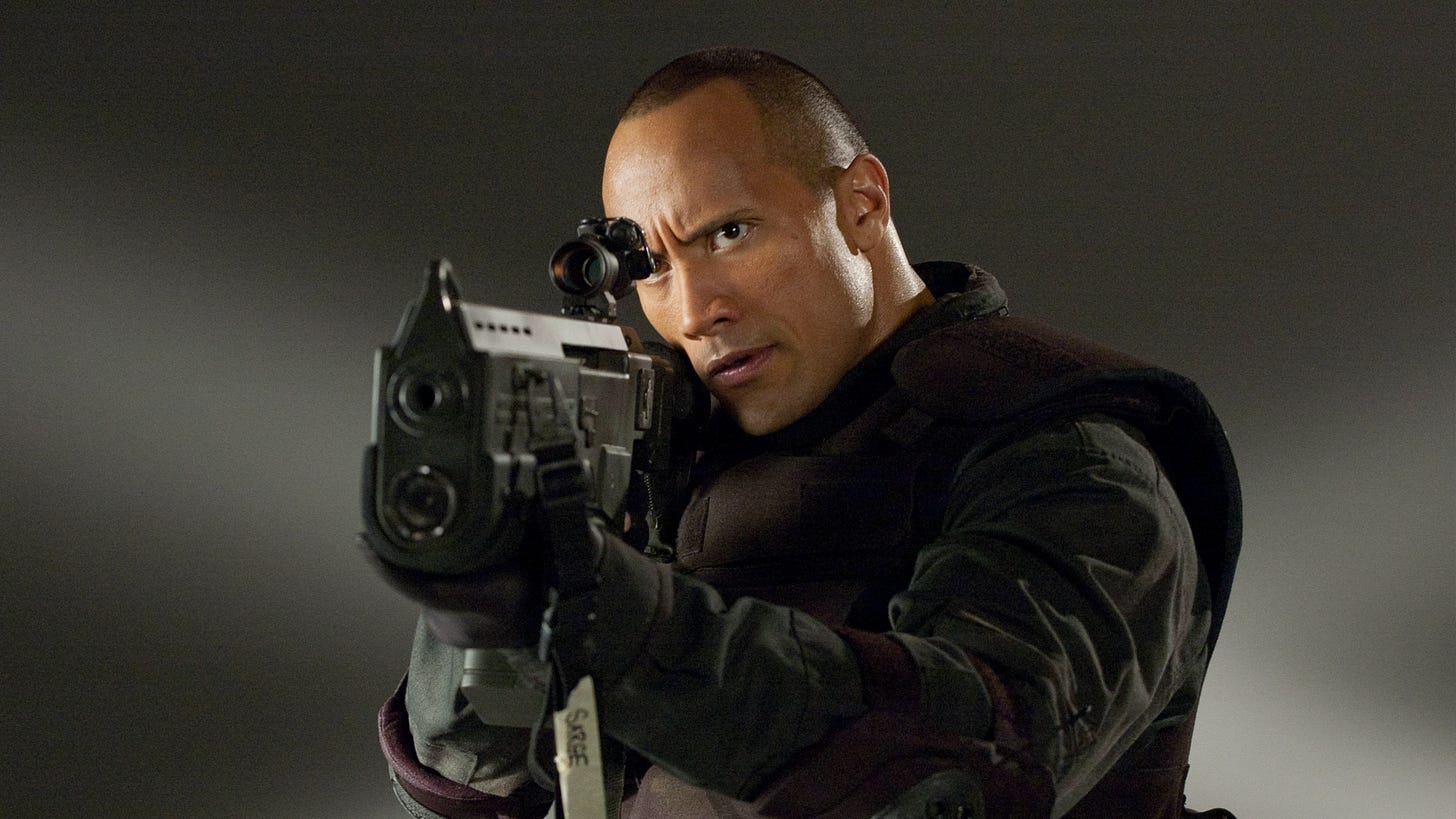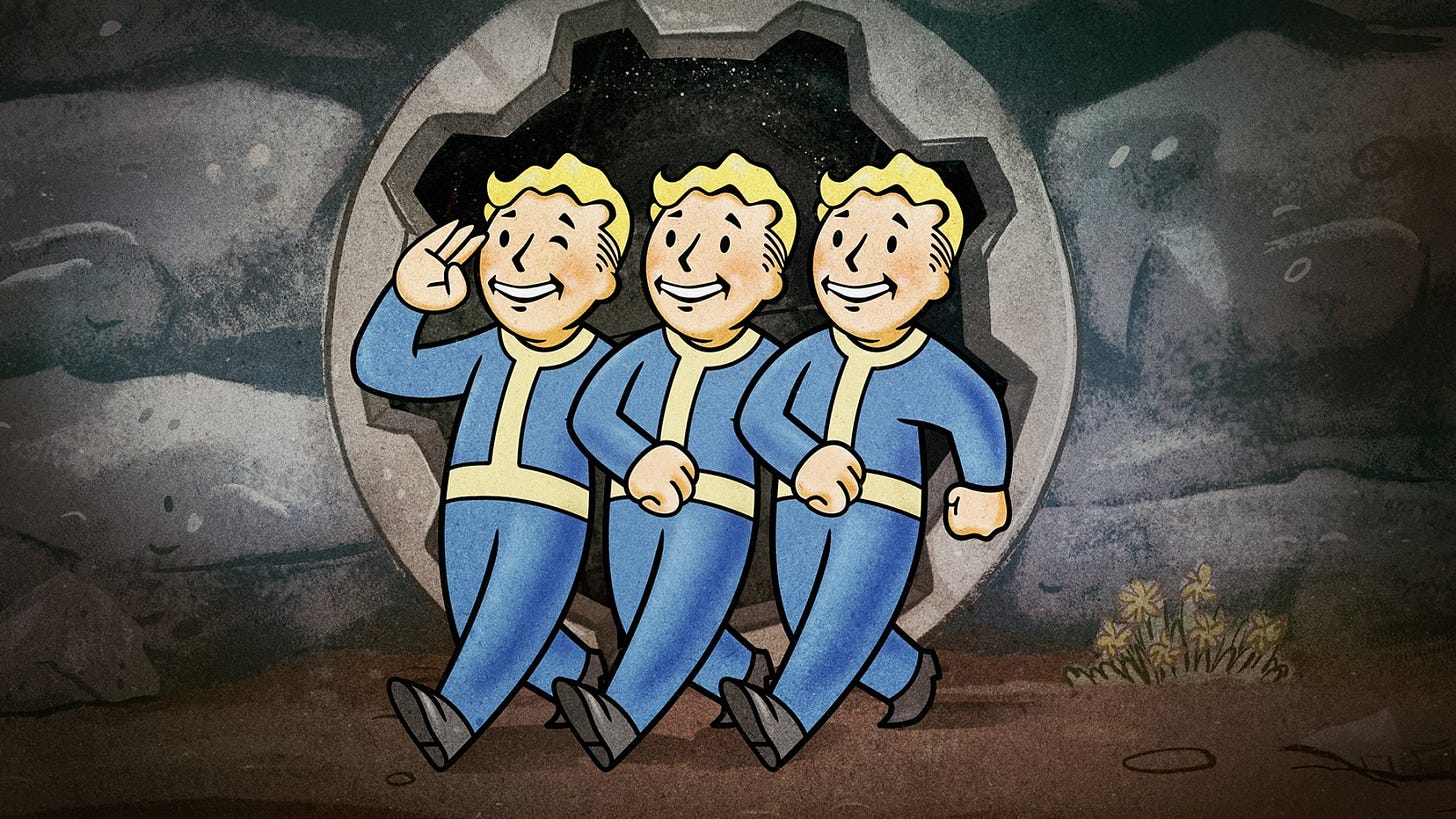This Is Not a Cutscene: How TV & Film Finally Got Games Right
The Last of Us, Arcane, Fallout and the upcoming Death Stranding make a strong case
When people think of the Super Mario Bros. movie, they’re probably picturing the slick, billion-dollar juggernaut from 2023. But it was actually 1993 when Mario and Luigi first crawled out of the console and into cinemas. It should’ve been a pipe dream. Instead, it was a fungus-soaked dystopia featuring Dennis Hopper and Goombas with linebacker bodies and shrunken heads.That was the moment game adaptations became a punchline.
For years, the idea of turning a video game into a film meant inviting confusion, cringey CGI, and a complete misunderstanding of the source material. Games were seen as too juvenile, too fragmented, too interactive to adapt. So they weren’t translated—they were flattened.
But something changed.
Over the last few years, a cultural gear shift occurred. The Last of Us, Arcane, and Fallout didn’t just buck the trend—they rewrote the formula. These adaptations weren’t just passable. They were good. Awards-season good. Critical darling good. Your-mum-has-an-opinion-on-Pedro-Pascal good.
And the secret wasn’t just money or better casting. It was style. These shows didn’t just adapt narrative—they adapted vibe. They borrowed the aesthetic and emotional grammar of games and used it to reshape the medium they were entering.
And now, in the most unexpected crossover event of all, A24 is adapting Death Stranding—a sprawling, baby-in-a-jar courier sim with ghost whales and existential dread—as a prestige arthouse film.
So: when did game adaptations stop sucking?
And more importantly—where could they go next?
From Glitchy Gimmicks to Prestige Pixel Perfect
For decades, adapting a game into a movie was a bit like trying to port a VR experience onto a calculator. Studios would grab the character names, toss out the story, and slap together something vaguely familiar, yet totally hollow.
Doom (2005) gave us five minutes of first-person shooter fanservice and 100 minutes of Rosamund Pike trying not to look embarrassed. Super Mario Bros. (1993) took the joyfully surreal Mushroom Kingdom and re-skinned it as a grunge apocalypse. These films didn’t translate the feel of games—they mangled them.
Then came HBO’s The Last of Us (2023). Showrunners Neil Druckmann (of Naughty Dog) and Craig Mazin (Chernobyl) didn't just lift the game’s plot—they slow-cooked its melancholy. The show traded in bombast for intimacy, showing us a world still twitching with leftover life. And most importantly, it refused to be ashamed of its roots. Joel (Pedro Pascal) and Ellie (Bella Ramsey) weren’t reimagined—they were reinhabited.
Meanwhile, Arcane (2021) redefined what game-to-screen could look like. Rather than explain the entire League of Legends universe, it zoomed in on the relationship between two sisters—Vi and Jinx—then dialed the style to eleven. The show layered painterly animation, steampunk sprawl, and glitchy montages into a world that felt alive and dangerous. Arcane wasn’t afraid to go full expressionist, flooding each scene with exaggerated shadows, fractured perspectives, and kinetic editing. In short: it put style first—and found emotional weight in the spectacle.
Fallout (2024) took a different path. It didn’t rehash a storyline from the games—it crafted a new narrative that still dripped with retro-futurist dread and Vault-Tec satire. It felt like watching a player’s journey through a save file you didn’t create but instantly recognized. Less plot dump, more lore osmosis.
The connective tissue between these hits? These creators understand that the logic of a game world—its tone, visual language, sense of space and agency—is the real story. That’s what adaptation means in 2025. Not just retelling, but re-experiencing.
Which brings us to the most surreal adaptation of all: A24’s upcoming Death Stranding.
It’s a game where you play a lone post-apocalyptic delivery guy, carrying corpses and care packages across a fractured America, all while tethered to a fetus in a capsule. It’s deeply weird. It’s barely a game. It’s also a cultural touchstone.
Why adapt it? Hideo Kojima, creator of Death Stranding is regarded as somewhat of an auteur himself in the gaming industry. It only made sense that his work would find its way to the screen.
Death Stranding is already cinematic without being a movie. The visuals already feel like arthouse sci-fi. And recently announced director Michael Sarnoski (Pig, A Quiet Place: Day One) knows that sometimes the vibe is the plot. Combine all of this with A24’s unique ability to turn a film into a full universe – with merch and other marketing manifestations – then Death Stranding could be the boldest adaptation yet.
Choose Your Own Adaptation
When The Last of Us aired in 2023, something wild happened: people didn’t just watch the show—they fired up the game. Sales of Part I jumped 238% on PS5. The Remastered version surged 322% on PS4. Not because of nostalgia—but because the story wasn’t done for them until they played it.
The same thing happened with Fallout in 2024. Steam recorded nearly 160,000 concurrent players in Fallout 4—a game that came out in 2015. It was like opening an old save file to explore the world while watching it burn on TV.
This raises a question no one in Hollywood seems to have properly asked: if we’re watching and playing in parallel, why aren’t those experiences talking to each other?
Picture this: You’re watching The Last of Us Season 2. A mysterious side faction appears in Episode 3. The same week, a new playable quest drops in The Last of Us—an interactive thread that adds layers to the show's subplot. Of course, Naughty Dog would need to make a Part 3 to realise this since they’re not giving us an online version of Part 2. But let’s fantasise here for a minute. Maybe the show teases the outcome, but your actions in-game shape the way it's resolved.
That’s not sci-fi. That’s how people already interact with entertainment now. TikTok users break down lore like it's the Dead Sea Scrolls. Kids mod GTA V to recreate Shakespeare productions. Players wear Rick Owens in Roblox and stream full films inside Fortnite. The medium isn’t just the message anymore—it’s a sandbox.
In short: the audience isn’t passive. It’s playing.
So what if game adaptations aren’t the end product at all?
What if they’re the connective tissue for a new kind of storytelling—one that unfolds across screens, consoles, and servers? One where watching is playing, and your next mission starts when the episode ends?
With the positive trajectory that game adaptations are having, it’s only a matter of time before film and game studios start connecting the dots.
—
Follow Drawn Distant on Instagram for more style stories
Follow James Davis on LinkedIn
If you would like to get in contact about strategy projects, please reach out to james@drawndistant.com






"Watching and playing in parallel" has been partially done at least once: the 2013 Syfy [sic] series Defiance launched with an MMO, with the show in postapocalyptic St Louis and the MMO taking place concurrently in San Francisco. I don't know how long they kept this up, but one case I remember was a character escaping from their pursuers in the show, followed by an in-game quest where you aided them as they arrived in SF.
I say partially because I don't believe in-game actions would ever impact the show's story. One takeaway for anyone trying this idea in the future, though, might be the sort of "keyword trigger": just mention San Francisco in a Defiance episode and you're indicating to players that there will be related in-game content, without breaking up the script for those who don't want to play the game.